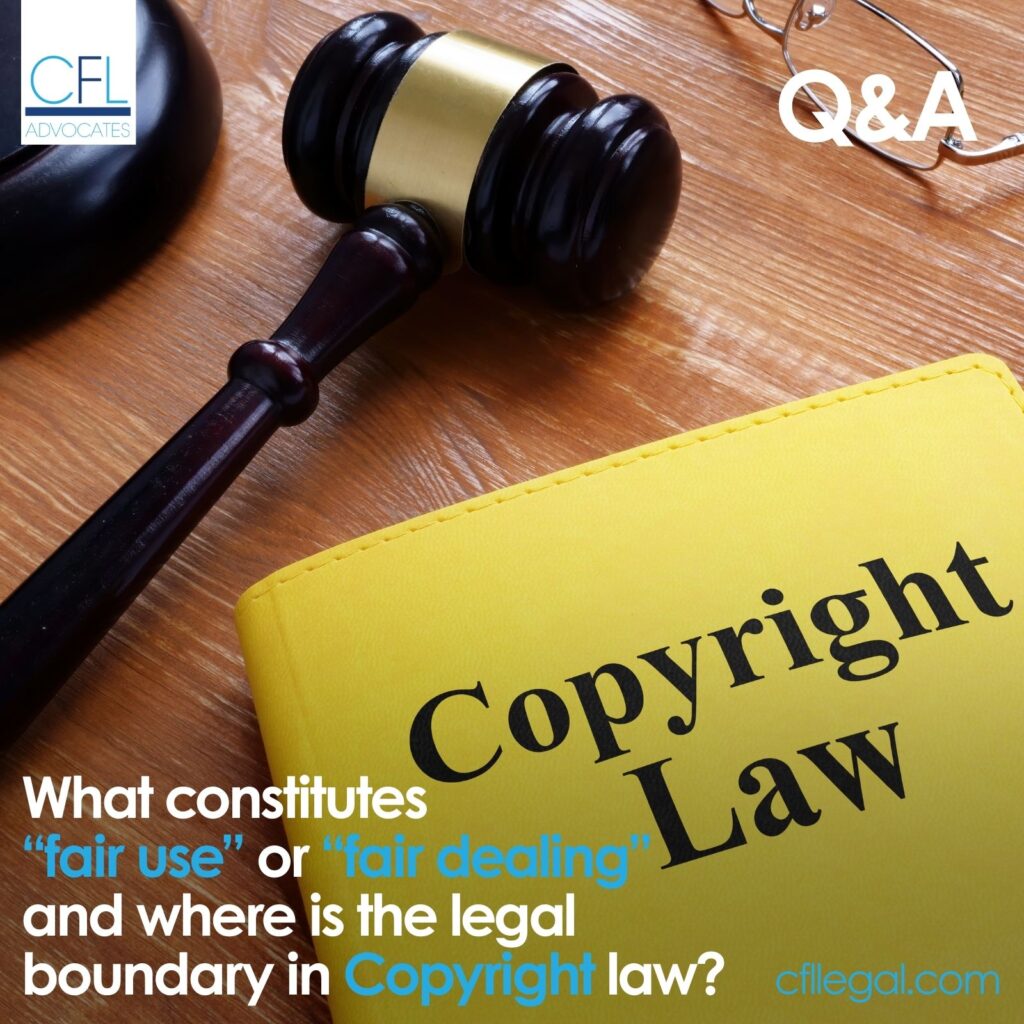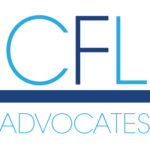
A. These two concepts are analogous but not synonymous. Fair dealing was first developed by courts in the United Kingdom (UK) in the 18th century, and was codified in 1911. Fair use was developed in the United States during the 18th and 19th centuries.
Both concepts share the same idea of permitting uses which are considered fair but they differ in their approach as construed in statute and interpreted by courts. Fair dealing is restrictive whereas the approach in fair use is broader.
Fair use is a legal doctrine that permits limited use of copyrighted material without requiring permission. It constitutes broad considerations on whether the dealing is aimed at advancing public interest, which is one of the goals of the copyright law.
The four factors of fair use
When determining whether the actions of a defendant amount to fair use, courts apply a case-by-case analysis using the following four key factors:
Purpose and character of the use
Is the use commercial or nonprofit/educational?
Is the use transformative (adds new meaning, message, or expression)?
Nature of the copyrighted work
Factual works are more likely to be considered fair use than highly creative ones.
Amount and substantiality of the portion used
Using a small, non-central portion favours fair use.
Even a small excerpt may be unfair if it’s the “heart” of the work.
Effect on the market
If the use harms the market for the original work, it’s less likely to be fair.
Examples of Fair Use
Quoting a few lines from a novel in a literary critique
Using clips of a movie in a documentary for commentary
Parodying a song with altered lyrics and meaning.
Fair dealing
Kenya’s copyright act aligns with the UK and applies fair dealing in the use of copyrighted materials for specific purposes without infringing copyright. It generally refers to exploitation of any exclusive right in a copyright work without permission of the author or the owner of the work in question.
Section 26 Copyrights Act outlines the rights of a copyright holder, but it also lists exceptions where others can use copyrighted material without needing permission.
The exceptions include;
The resale of lawfully acquired copies;
Private use that does not infringe on public performance or distribution; and
Certain educational or research uses under fair dealing provisions
Therefore, the purpose of the dealing is to ensure that the public has access to information. The Supreme Court in the Communications Commission of Kenya & 5 Others v Royal Media Services Limited & 5 Others Petition Nos. 14, 14A, 14B & 14C of 2014 (Consolidated) [2015] KESC 13 (KLR) recognized that the effect of having the reproduced work competing with the original work had potential for unfair dealing.
Fair dealing with a copyrighted work does not result in infringement provided that there is sufficient acknowledgment of the copyright owner.
Examples of fair dealing;
Making copies of copyrighted material for private study or research;
Quoting a short passage from a book in a book review; and
Using a few seconds of a song in a news report about the music industry.
Legal Interpretation and Flexibility
Unlike fair dealing, which is limited to specific purposes, fair use is open-ended. Courts have interpreted it to include uses like:
Search engines indexing images
Memes and remixes
AI training datasets which is still a developing area.
In Andy Warhol Foundation for the Visual Arts, Inc. v. Goldsmith 2023 U.S. Supreme Court has emphasized that fair use is meant to promote creativity and not stifle it.
In conclusion, fair use and fair dealing both try to balance the rights of copyright owners with the public’s need to access and use creative works. However, they are not exactly the same. In the United States, fair use gives more freedom. It lets people use copyrighted material in many different ways, especially if it helps the public or adds something new and creative.
In Kenya, fair dealing follows rules from UK law and is more limited. It only allows certain types of use, like for education, research, or news reporting. Even though both systems look at similar things like why the work was used and how much was taken. Kenyan courts must follow the specific exceptions listed in the law. This means judges have less flexibility to decide what is fair in new or unusual situations.


